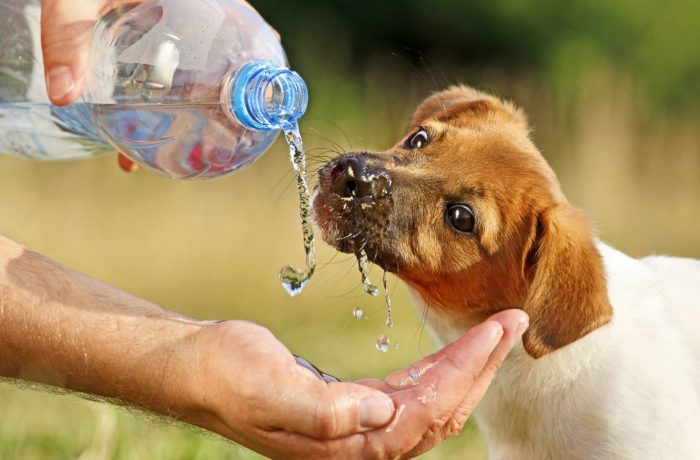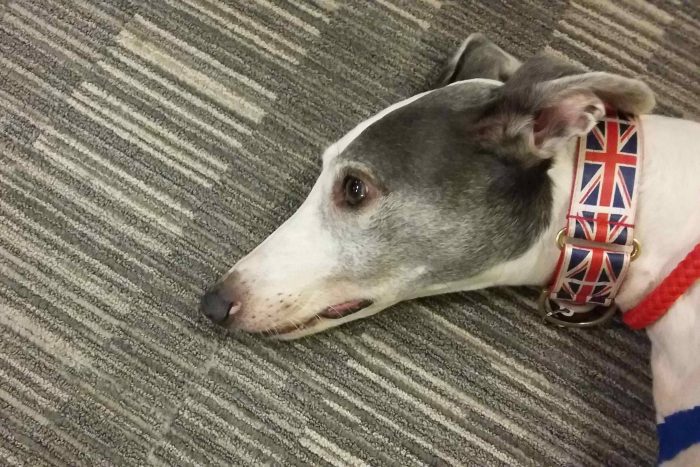Food and water are both essential to the survival of both man and animal. These important items remain the fuel that a body needs to function and survive. Water is even more essential as its the lubricant that keeps the joints, internal organs, as well as body temperature working well. So, we ask, how long can a dog go without water and food?
While some humans can deliberately stay away from food, animals do not have that luxury as they are very dependent on their owners for food and water and can be deprived of these two important things for good and bad reasons. Although there are several responsible pet owners who take the feeding of their dogs very seriously, there are equally some who have been nonchalant and caused their dogs to starve and go thirsty one way or the other. It is generally established that health problems can cause loss of appetite but there may be other reasons your dog is not eating.
Table of Contents
Why Is My Dog Not Eating?
While a dog’s appetite is mostly dependent on the breed, dogs are generally voracious in nature and can eat almost anything. For a dog that has always had a healthy appetite, it becomes even more worrisome when it suddenly stops eating. For the most part, a dog can change its eating pattern or stop eating for several reasons, some of which include the presence of an injury near or inside the pooch’s mouth, anxiety, and many health-related issues. A dog can also stop eating due to several health challenges ranging from nausea to serious issues like parvo or pancreatitis.
Moreover, just like humans, some dogs are picky eaters. This indicates that a dog can stop eating because they don’t like a particular food or are tired of whatever diet you have been feeding them. Emotions can also be the culprit here. When there is a change of environment, some dogs can refuse to eat, especially due to depression. Apparently, dogs grow to love their surroundings and when there’s a sudden change, depression might set in.
Generally, a dog owner should be observant to be able to notice when a dog begins to refuse food as it might be an indication of a serious health challenge. When you must have ruled out all the possible reasons that are not life-threatening, the vet might need to be called in.
How Long Can a Dog Survive Without Food and Water?
Food and water are some of the basic things that make a dog’s overall existence healthy. It should also be pointed out that every dog is different and their survival time can vary depending on their health, size, breed, weather, and how much moving around they do. When It comes to food though, a dog can survive without food for between 5 days to 3 weeks. Of course, during this period, the dog’s body would be depreciating, to say the least.
While food can be boycotted for a few weeks, water is too important and the body can’t do without it. In view of that, if a dog goes without taking a few sips of water, the survival time is even shorter, although it varies from dog to dog. A dog can go without water for a maximum of three days and some might not even survive that long depending on their health and the weather. Clearly, the body needs water more than anything else.
Signs That Indicate a Dog is Dehydrated
Dehydration in dogs can be a big problem if not handled well and on time. A dog can be said to be dehydrated when it losses more fluid than it is taking in. While it’s normal for a dog to lose water throughout the day through urinating, defecating, exercise, as well as breathing, and panting, the fluids have to be gained back one way or the other, or else a dog can become dehydrated.
Some signs and symptoms to help you determine if your dog is dehydrated include: thick saliva, vomiting, diarrhea, sunken and dry-looking eyes, excessive and concentrated urine, weak pulse quality, dry and sticky gum, loss of appetite, dry nose, inactivity, and reduced energy levels, panting and most importantly loss of skin elasticity.
Skin elasticity can be checked by raising the dog’s coat around the shoulders and dropping it. The length of time the coat takes to go back to its original form can determine how hydrated your dog is, or not. Failure to read the signs of dehydration on time may lead to your dog collapsing or even dying.
How to Rehydrate your Dog: What to do if your Dog Won’t Eat or Drink

When you realize that your dog is dehydrated, you can try to get them to take enough fluids if they aren’t vomiting. The goal is to replace the lost fluids and correct any electrolyte abnormalities.
Moreover, thirst in a dog should not be confused with dehydration. A dog can be dehydrated without being sick. This situation is easier to handle and one might not require a visit to the vet. In this case, a dog should be given water, electrolyte supplement, and wet foods.
However, in a situation when a dog won’t eat or drink water, it is better to call in the vet. But before you do so, you can try feeding your dog watery treats like ice cubes, and fruits like seedless watermelon, blueberries, and apples. Broths with bits of fresh beef or chicken are also an excellent way to tempt your dog into eating. You can also spice the dog’s water with chicken flavor or any other enticing spice to attract the pooch to it.
Again, if your dog won’t eat or drink on its own, to get some fluids in, you can give small doses with a syringe and watch closely before finally calling in the vet.
Read Also: Why Do Dogs Lick Your Face?
When to Call the Vet
If your dog has refused to eat food or drink water, it is your duty as a pet owner to seek help from a professional. After several trials to rehydrate your dog and it continues to exhibit the symptoms of dehydration, especially vomiting and diarrhea, this is considered a medical emergency and the vet should be called in immediately. Having tried several delicious foods and drinks to no avail, there is every possibility that your furball is sick and needs medical attention.
Knowing how long a dog survives without water and food, you can see the need to act fast when you notice the aforementioned signs of dehydration and loss of appetite in your dog.
